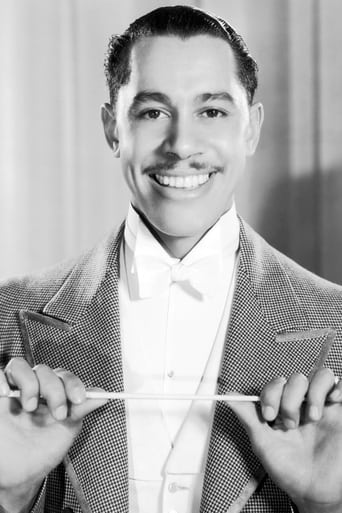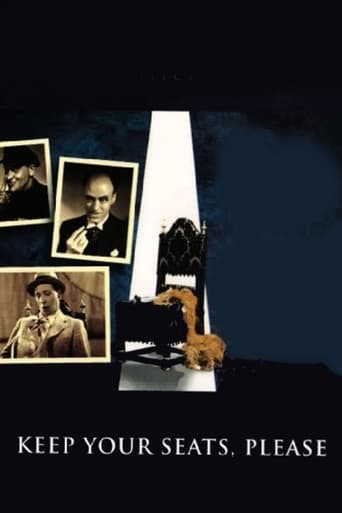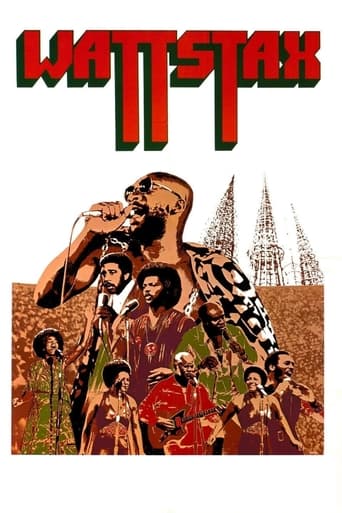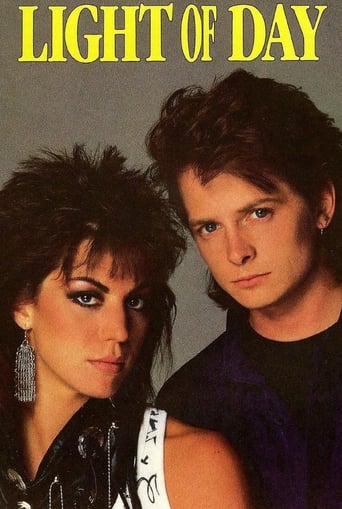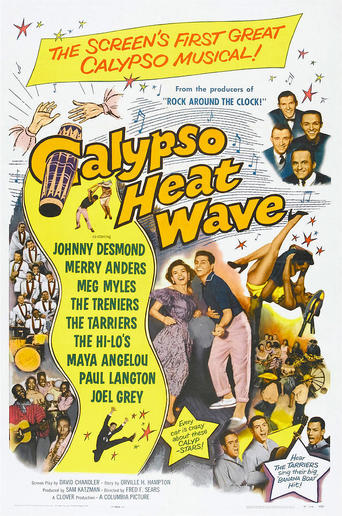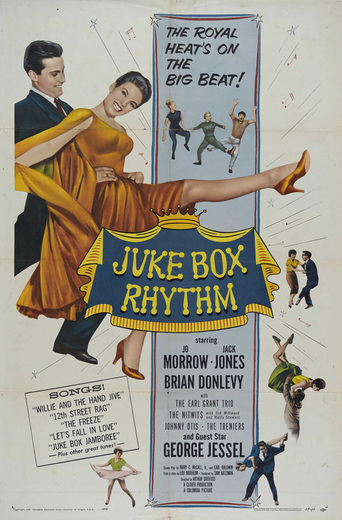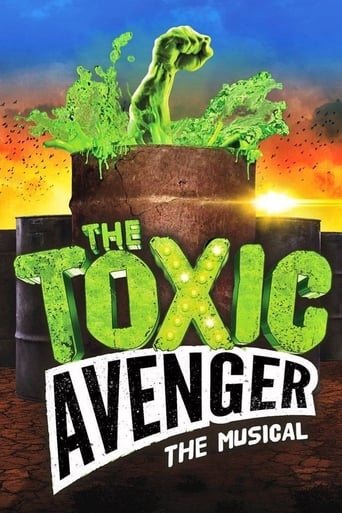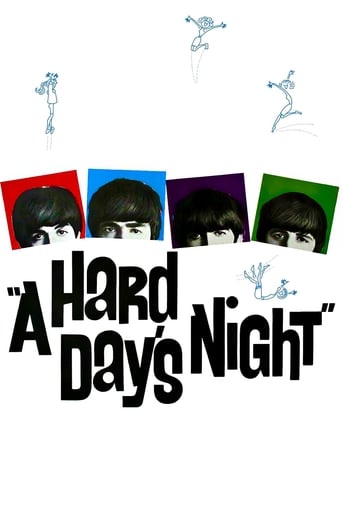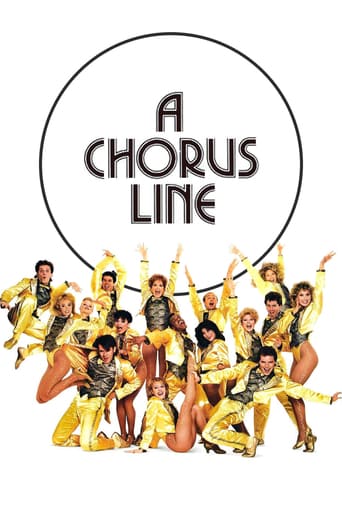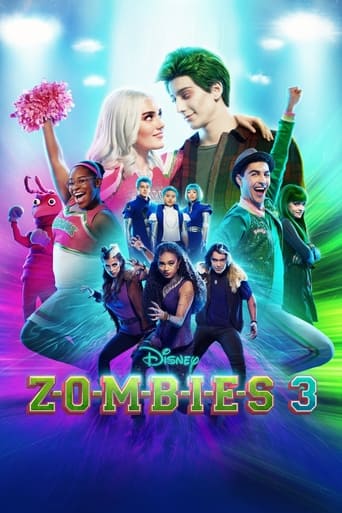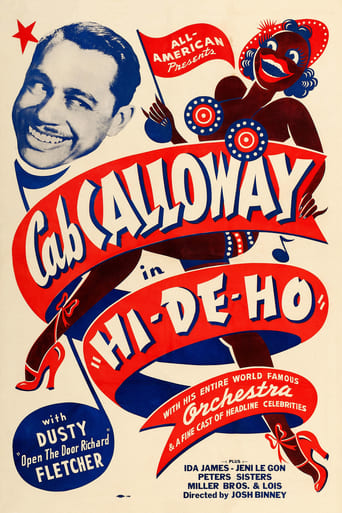
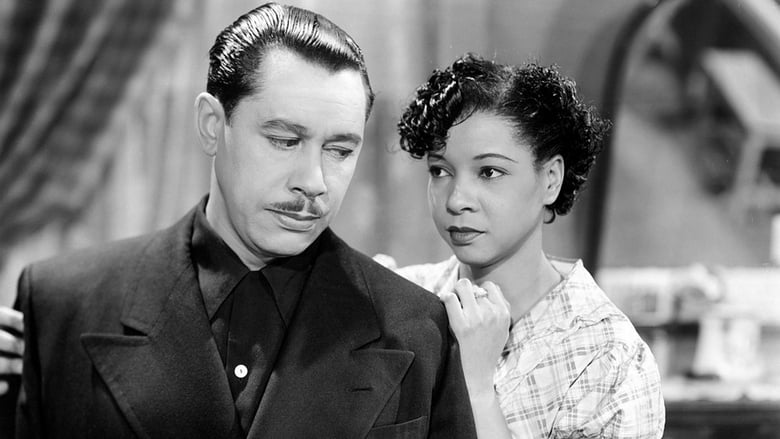
Hi-De-Ho (1947)
Cab Calloway plays himself in a plot about jealousy, night clubs, and gangsters. Ends with a series of musical numbers.
Watch Trailer
Cast


Similar titles
Reviews
As with all the reviews, there's no real storyline, but you MUST watch for all the great performances. One of the reviews mentions Dusty Fletcher's "blackface" performance "Open the Door Richard" is in this film - it's not on my copy. However, there seems to be earlier versions of Hi-De-Ho released with different plots (1934) and (1937) so I'm not certain if my copy is bad copy (although I have 2 copies of 1947) or if that particular act is in one of the earlier releases...whatever the case, if you are into Cab Calloway - the performances are phenomenal! The same goes for the Miller Bros. & Lois. I actually like the Peters Sisters - they had great voices and my favorite numbers were "Rainy Sunday" and "Old Lady From Baltimore"...hope this helps!
At first, I wasn't too thrilled about this movie because of Cab's rough treatment of Minnie (Jeni Le Gon) and her insolent attitude in return. And the idea of Calloway going to an audition arranged by his manager Nettie (Ida James) when, at this point in his life, he had already entertained millions of people in several movies, on radio, and in concerts makes this very much a plot for the birds. Good thing then that not too much time is spent on the "story" though Minnie's tragic end was a little touching with Cab granting her last wish. From then on, it's just a variety show starring Cab with his orchestra along with The Peters Sisters (a talented group of full-figured women singers), and the tap-dancing Millers and Lois (their tap routines are some of the best I've seen). While just every number performed by the Hi-De-Ho man is great, he's especially compelling on the "St. James Infirmary" number. And seeing the wedding number with Cab, Ida without the glasses, and Augustus Smith as the preacher makes an excellent finale for the picture. So on that note, I highly recommend Hi-De-Ho (1947 version since Cab previously made a couple of shorts with this name, one of which I reviewed in February). P.S. David Betha who plays the Brass Hat Owner here was previously in The Green Pastures (another movie I reviewed in February) as Aaron, Ms. Le Gon was born in my birth town of Chicago, Ill., Mr. Smith was born in Jacksonville, Fl., a place I lived in from 1987-2003.
Hi De Ho is one more of the quick, cheap movies cranked out by Hollywood featuring black entertainers and designed to fill seats in the movie houses for the segregated black audiences of the south and the unofficially but just as segregated theaters everywhere else. Hi De Ho is exceptional in one regard. It features that great showman and entertainer Cab Calloway in his prime and a year before he decided to disband his orchestra because of changing musical tastes. Calloway had a long career, and had become a star by 1930. He sang, moved (not exactly danced), strutted and jived. White audiences most probably learned what they knew about jump jazz, scat singing and the hep cat beat from Calloway. He was a fine singer, wrote a lot of his own stuff, and led one of the best swing orchestras around. He also seemed to have inexhaustible energy. So fair warning...Calloway's high energy pours out of this movie; watching it can wear you down after a while. The story line is little more than an excuse for Calloway and his orchestra to perform some great, driving, swing numbers. The movie is little more than an hour long and the plot is over in the first half hour. For the last half hour we watch a non-stop performance of some great music and specialty acts. The idea is that Cab is just starting out in the business. He has a jealous girlfriend, Minnie (Jeni Le Gon) and a new, young manager, Etta (Ida James), who is as pretty as his girlfriend. Etta wangles a gig for Cab and his orchestra at a new nightclub, but it's right across the street from one owned by a gangster. Minnie thinks Cab has fallen for Etta, so she convinces the mob boss to eliminate his new competition by shooting Cab. Then Minnie realizes her mistake, tries to save Cab and takes the bullet meant for him. This is the plot, and in 30 minutes it's all squeezed in between eight full musical numbers of him and his orchestra rehearsing or playing at the nightclub. Now we learn that Cab has become a huge success. For the next 30 minutes we're in a plush nightclub where we watch nine terrific numbers, including the rotund Peter Sisters, singers, and the extraordinary The Miller Brothers and Lois, tap dancers. A highlight is Calloway doing St. James Infirmary Blues. Another is a full-throttle, sophisticated arrangement of At Dawn Time. Although his now- dead former girlfriend was named Minnie and was something of a moocher, Calloway never sings his signature, Minnie the Moocher. The closest we get is Minnie Is a Hep Cat Now. The acting, except for Calloway, is dismal. But Cab Calloway and His Orchestra show why they were first-class musicians as well as first-class entertainers. If you've ever heard Cab Calloway sing, you'll hear his voice... "I was walkin' up the street feelin' bad and bold. Deep down in my pockets I didn't have no gold. I looked up to the skies and to my surprise I saw a million dollar bill floatin' before my eyes. Hey now..."
The plot is thin and the acting is mostly wooden, but the real point of the movie is Cab Calloway's wonderful band and some specialty numbers, especially the finale that is the last third of the film.The best additional act is high powered tap dancing by Miller Bros. and Lois. Dusty Fletcher does his famous "Open the Door Richard" sketch in blackface. The Peters Sisters are curious but didn't do anything for me.


